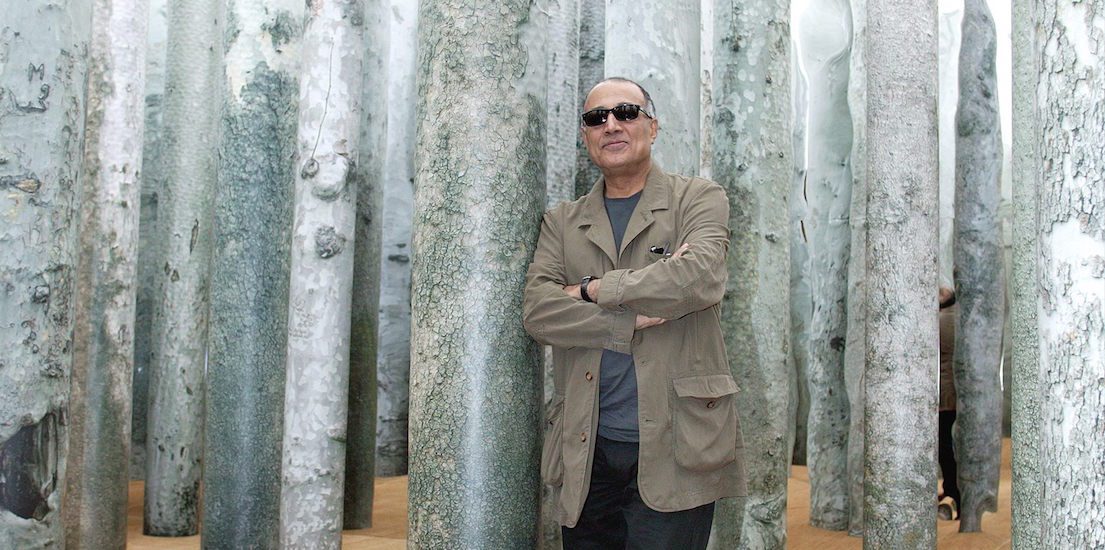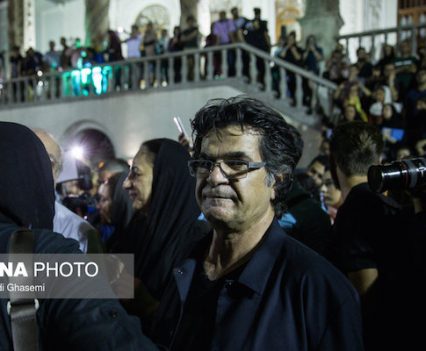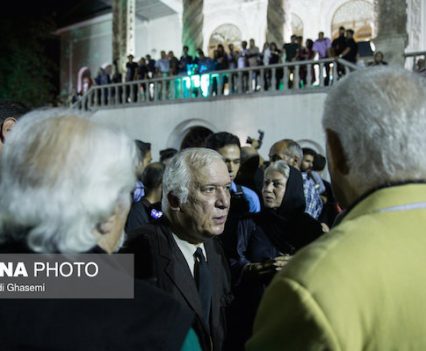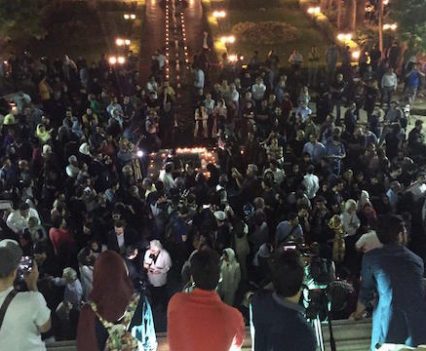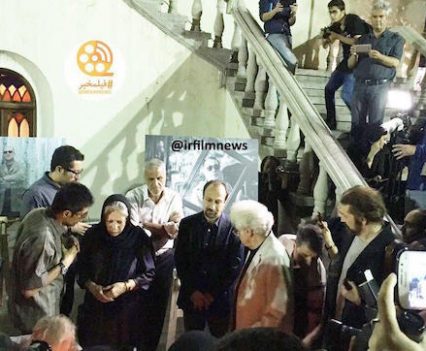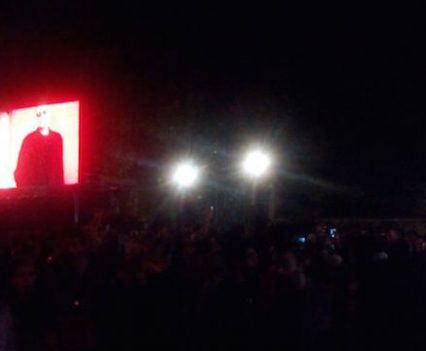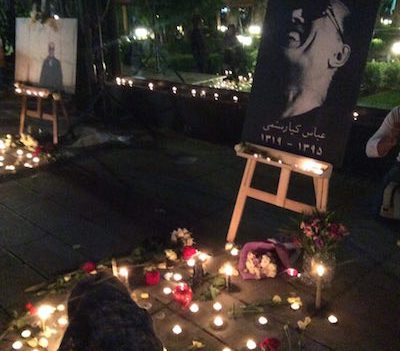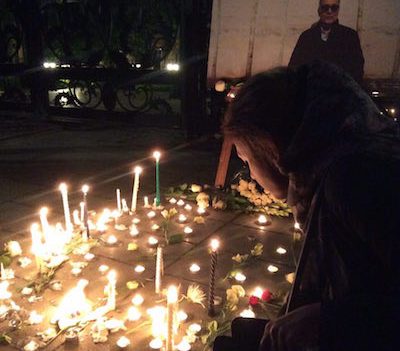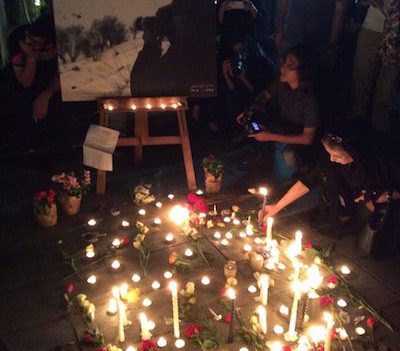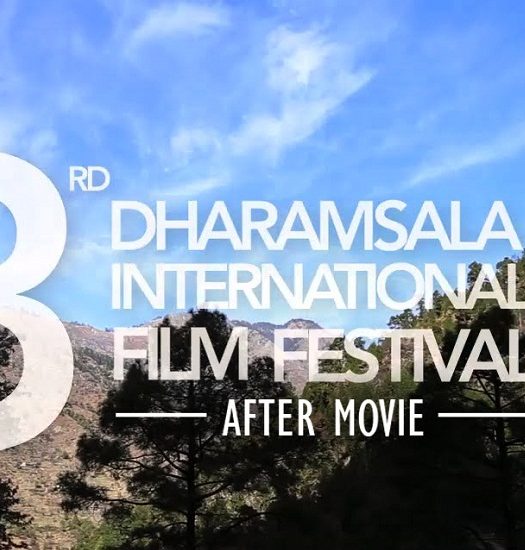Where is the friend’s home?
‘Do you think he’s in there Ali?’
-‘No I don’t see his white car, perhaps not.’
‘Do you think its okay to ring the bell? Or slide in a note?
-‘umm…not a great idea I’m afraid.’
On a brighter afternoon in Tehran, sometime in February I had embarked on a journey to trace the home of Abbas Kiarostami, the person whose cinema inspired my journey from India to Iran, the person whom I never got to really meet in person, but who gave me most of all that I could connect through poetry and cinema. Abbas Kiarostami, one of the greatest masters of Iranian cinema, and perhaps the only one whose influence I directly felt in my life, died yesterday after a series of misdiagnosed and careless surgeries, in Paris.
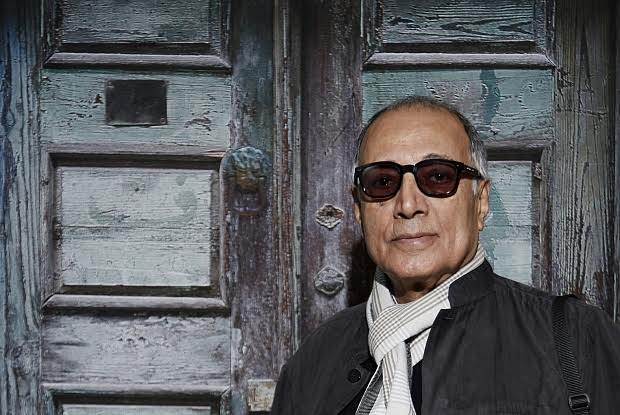
Abbas Kiarostami, Doors Without Keys series
While the whole world mourns, and perhaps it is important to mourn now and keep mourning every time we watch his films or read his short poems; almost designed like the fatal shots in our collective lives, we must remember to celebrate loss, and be grateful we were a conscious part of a society that felt, at least for some time.
I felt the deepest passion that afternoon walking through the neighbourhood of Chizar Avenue with a friend, a fellow Kiarostami lover and a ‘stalker-of-a-neighbour’ to the master filmmaker who kept a watch out for Kiarostami in the local shop buying cigarettes; tipping the vendor to intimate him on his arrival.
All for my sake of course.
I had already completed two months in Iran. Now wretched, with all my money exhausted, and almost no hope of a possible meeting with Kiarostami (when I had visited the office of Film, the popular film tabloid, the very kind Persian at my aid warned, ‘I can put you in touch with anyone for your research, just don’t ask for Kiarostami or Farhadi.’) I knew then that I’d have to figure a way out to meet him. I knew he had been in Cuba conducting a workshop, but I was hoping he’d be back, at least before I exhausted my last few hundred tomans. Ali, my friend (and the aforementioned kind neighbour of the ostad) promised to walk me till Kiarostami’s home.I decided to film the walk. A part of me knew he may not be back on time, and perhaps this was the closest I could get to reaching him. On the way to the friend’s home, we kept wondering if it would be polite to ring the bell directly and introduce myself or just slide a letter under his door.
When we reached the house, I just stood still; marvelling at the simplicity in the placement of a pretty two storied house (covered entirely with green creepers) amidst tall buildings on either side.
‘Do you think he’s in there Ali?
-‘No I don’t see his white car, perhaps not.’
‘Do you think its okay to ring the bell? Or slide in a note?
-‘umm…not a great idea I’m afraid.’
I decided I’d write the perfect note and slide it under his door next day, but it was too late already. Kiarostami was already hospitalised, after being diagnosed with intestinal cancer. I was living with Farhad Kheradmand (actor, Through the Olive Trees, 1994 and Life and Nothing More, 1992) at his house in Tehran that Spring. I remember Farhad broke the news to me with great despair. Recovering from a heart transplant himself, the news was brutal. I remember spending many afternoons with Farhad recounting memories of his days spent with Kiarostami. The most striking one was during the filming of Life and Nothing more. In the film Farhad, enacting the role of the director drives his son through the earthquake stricken region of Manjil in order to find out if the characters of his earlier film Where is the Friends House?, 1990 (Ahmad and Babak) are alive. Farhad recounted that all Kiarostami ever told him was he had to look really disturbed and tense while driving through the barren streets. For achieving this he decided to replace the car in which Farhad had practised driving for over a month with an absolutely different, uncomfortable one. Farhad was naturally tensed throughout the shoot. This in fact made him break into a sweat. Kiarostami was notorious for employing such tactics in order to get his best shots. All his actors had to go through severe mental stress during filming as he would break out the harshest news while filming, but later apologizing by showing them the final shots.

Amad and Babak from ‘Where is the friend’s home?’
Ali’s walk towards the ‘ostads’ house and Farhad’s innumerable memories recounted on my camera were the closest I could get to knowing the ‘ostad’ in his very own land. My real memories would still be the little bits of him that the heart has preserved with every film, the images the mind had conjured by his poetry and the infinite power of feeling the beauty of the spaces captured in his photographs.
Last night thousands of lovers of cinema, filmmakers and actors gathered at the Cinema Museum/Muze ye Sinema in Tehran lighting candles, placing roses on giant sized photographs of the late director, mourning. Among the ones spotted were Jafar Panahi, Khosro Sinai, Rakshan Banietemad, Asghar Farhadi, Homayun Ershadi, Mahtab Keramati, Fatema Motamed Aria.
Kiarostami is said to be brought back to Iran on Friday.
As I’m pained to state these details, my mind wonders off at a sequence from Life and Nothing More where an old man remains immersed in setting up the antenna for watching a football match on TV. He states the necessity of watching the world cup finals which comes only once in every four years, while earthquake, once in forty. The reportage of the earthquake is not sentimentalised but left raw. The barrenness and death of the land is shown in contrast with the spirit of the people. Life must go on.
Autumn afternoon
A sycamore leaf
Falls softly
And rests in its own shadow
Abbas Kiarostami (Walking with the Winds, 2002)
–Sreemoyee Singh
(A Third Year PhD student from the Dept of Film Studies at Jadavpur University, Sreemoyi is working on ‘The national and the translation in the exile cinemas of Iran’. She has lived in Tehran for 3 months to conduct her fieldwork in the course of which she interacted with several filmmakers including the likes of Jafar Panahi, Khosro Sinai, Shirvani Mohammad, Kianoush Ayari and others)
Disclaimer: The opinions expressed within this POV/BLOG are the personal opinions of the author. PANDOLIN is not responsible for the accuracy, completeness, suitability, or validity of any information on this blog. All information is provided on an as-is basis. The information, facts or opinions appearing on the POV/BLOG do not reflect the views of PANDOLIN and PANDOLIN does not assume any responsibility or liability for the same.

